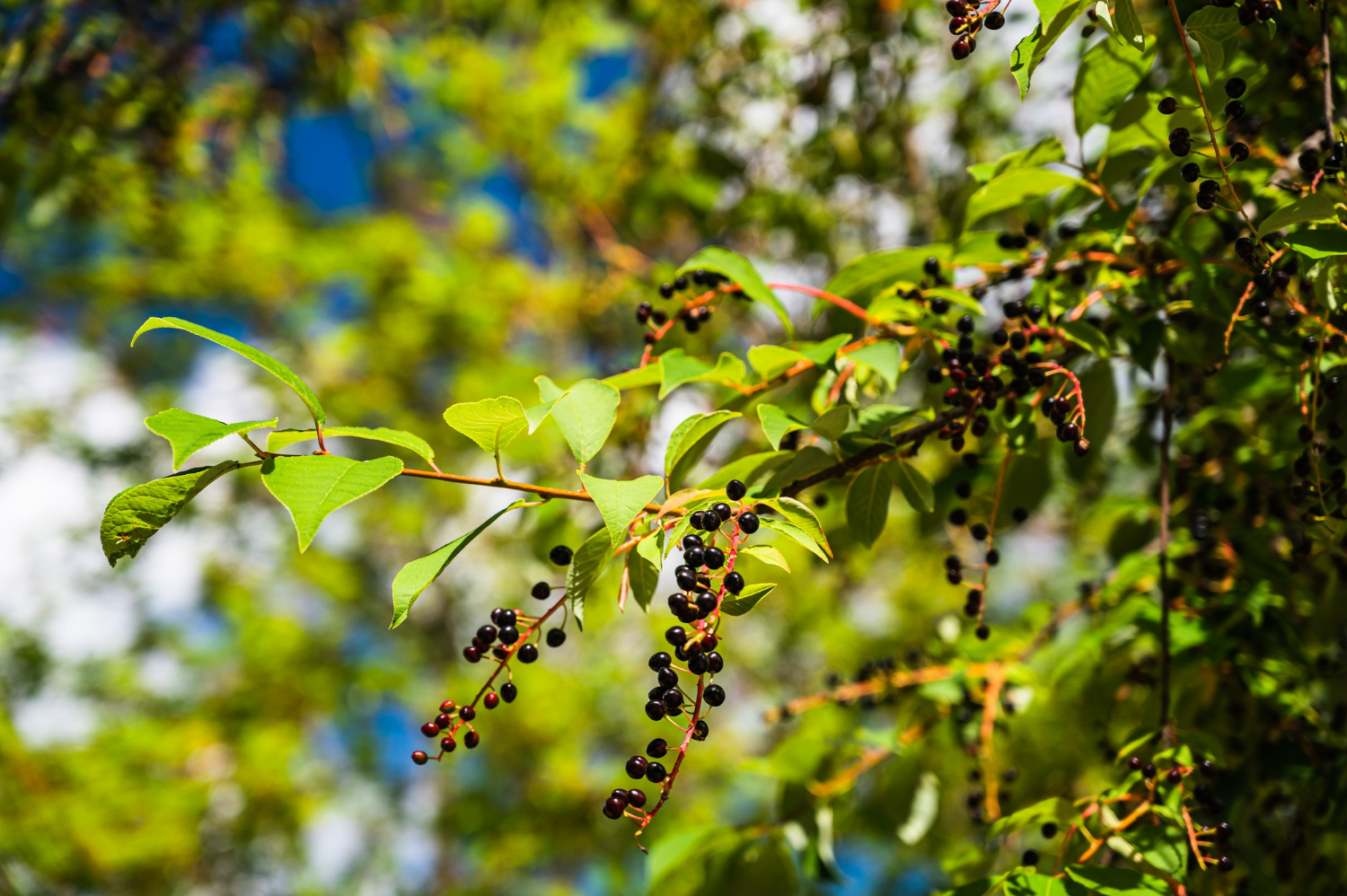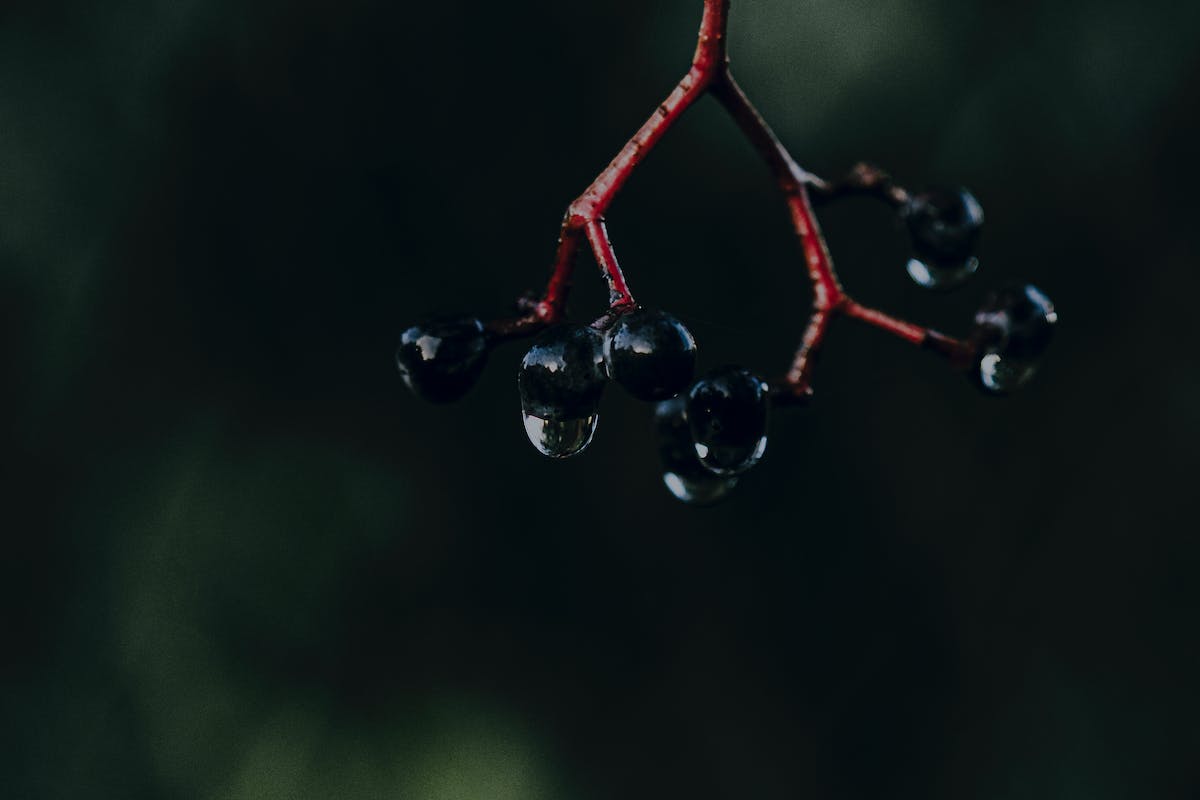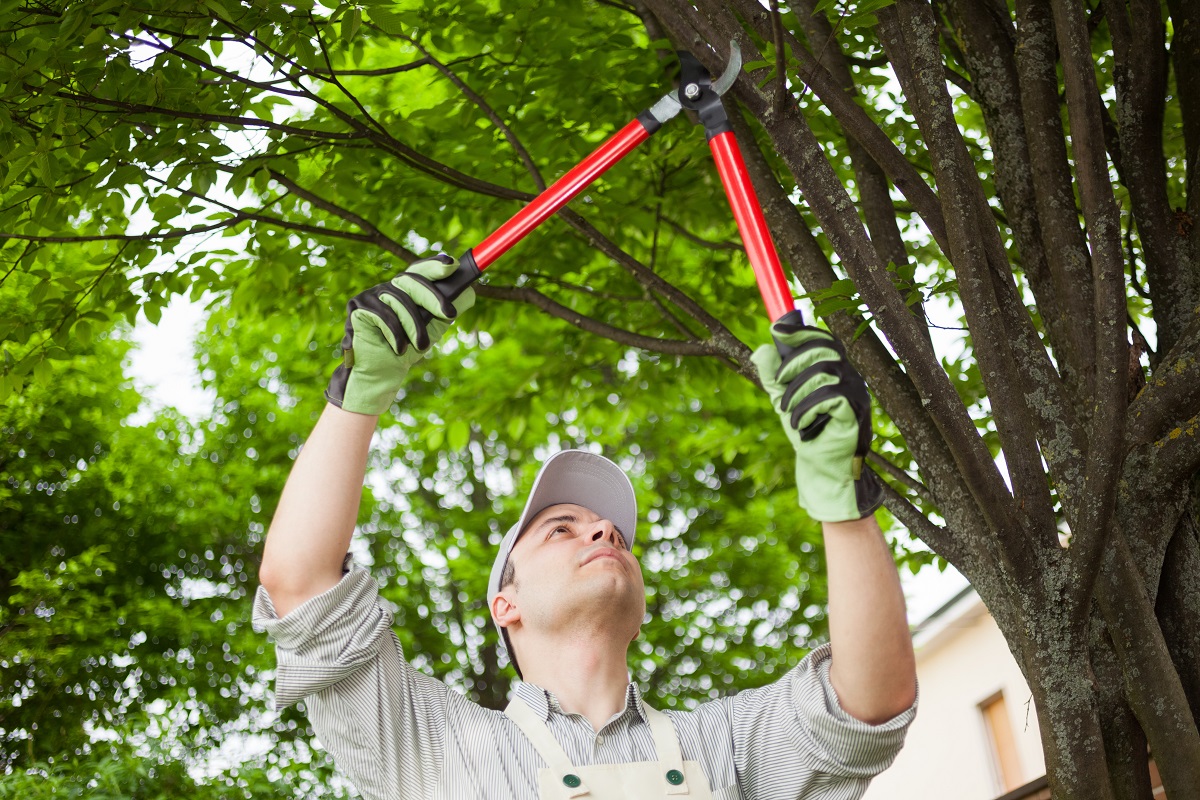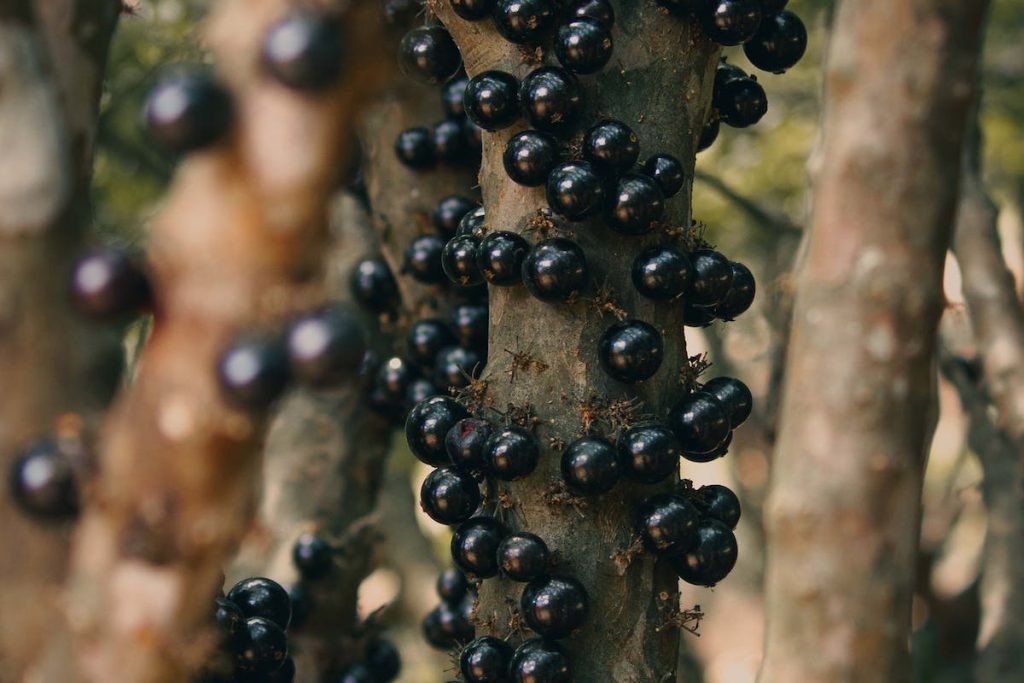The Jaboticaba fruit tree, scientifically known as Myrciaria cauliflora, is a unique and fascinating tree native to Brazil. What sets it apart from other fruit trees is its intriguing fruiting process. Unlike most trees that bear fruit on their branches, the Jaboticaba tree produces fruit directly on its trunk and branches. This phenomenon, called cauliflory, makes it a captivating sight.
Understanding the fruiting stage and timeline of Jaboticaba trees is essential for anyone interested in cultivating them. Knowing when they bear fruit can help you plan and anticipate the harvest season. Understanding the fruiting process also allows growers to provide optimal care for garden trees and conditions to ensure a successful yield.
We’ve created this article to learn more about this tree and how the Jaboticaba fruit tree grows. From the initial flowering stage to the maturation of the fruits, we will delve into the timeline and factors that influence the fruiting cycle.
Jaboticaba Tree Fruiting Stage

The Jaboticaba tree, native to Brazil, goes through a fascinating flowering and fruiting stage. During this stage, the tree produces delicate white flowers, which give way to unique fruits that grow directly on the trunk and branches.
The flowering stage occurs in the spring when the tree is adorned with clusters of small, white flowers. These flowers are pollinated by insects, leading to the fruit formation. Unlike most trees, the Jabuticaba tree produces fruits directly on its trunk and branches rather than at the end of branches. This unusual characteristic makes it a captivating sight.
The Jaboticaba fruits resemble grapes, with a dark purple or black color and a round shape. They grow in clusters, clinging tightly to the tree’s bark. The fruits have a sweet and tangy flavor, making them a favorite among locals and wildlife alike.
Several factors can influence the fruiting stage of Jaboticaba trees. Firstly, the age of the tree plays a significant role. Young trees may take up to five years before they start bearing fruit, while older trees can produce fruit consistently. Additionally, the climate is crucial, as Jaboticaba trees thrive in tropical or subtropical regions with mild temperatures and abundant rainfall. Finally, proper care is essential for optimal fruiting. Regular pruning, fertilization, and irrigation are also necessary to ensure healthy growth and fruit development.
How Long Does It Take A Jaboticaba Tree To Fruit?

Jaboticaba trees, also known as Brazilian grape trees, may take several years to bear fruit, and the timeline can vary based on several factors. One of the primary factors affecting fruiting is the age of the tree. Younger trees typically take longer to fruit compared to mature trees. It is not uncommon for a Jaboticaba tree to take anywhere from 6 to 10 years to produce its first fruit. However, some trees may start bearing fruit as early as 3 to 4 years old.
Environmental conditions also play a crucial role in the fruiting process. Jaboticaba trees thrive in tropical and subtropical climates. They prefer temperatures between 65°F and 85°F (18°C and 29°C) and require a minimum of 6 hours of direct sunlight per day. The tree may need protection in regions with harsh winters or be grown in containers and moved indoors during colder months.
Soil quality is another important factor. Proper soil preparation and nutrient management are essential for the tree’s growth and fruiting. Jaboticaba trees prefer well-draining, acidic soils with a pH range of 4.5 to 5.5. Before planting, it is recommended to amend the soil with organic matter and ensure adequate drainage.
To encourage fruiting, proper care of Jaboticaba trees is crucial. Regular watering, especially during dry periods, is essential to keep the tree healthy. Fertilizing the tree annually with a balanced, slow-release Jaboticaba fertilizer can provide the necessary nutrients for fruit production. Of course, just as when you maintain backyard trees, pruning is a must. To maintain the shape of the tree and remove any dead or damaged branches.
Bottom Line

Growing a Jaboticaba tree for its unique and delicious fruit requires patience and careful consideration of various factors. Firstly, it is important to note that Jaboticaba trees typically take a long time to bear fruit, with some trees taking up to 15 years. Thus, patience is crucial when cultivating these trees.
Jaboticaba care is vital for fruit production. Proper care includes providing well-drained soil, regular watering, and adequate sunlight. Additionally, pruning is essential to maintain the shape and health of the tree. It is recommended to start pruning at a young age to encourage branching and a strong structure.
For those interested in cultivating Jaboticaba trees, it is important to remember that the wait for fruit can be long but rewarding. Patience and proper care are key to ensuring the tree’s health and fruit production. With the right attention to detail, you can enjoy the unique and delicious fruits of the Jaboticaba tree!

